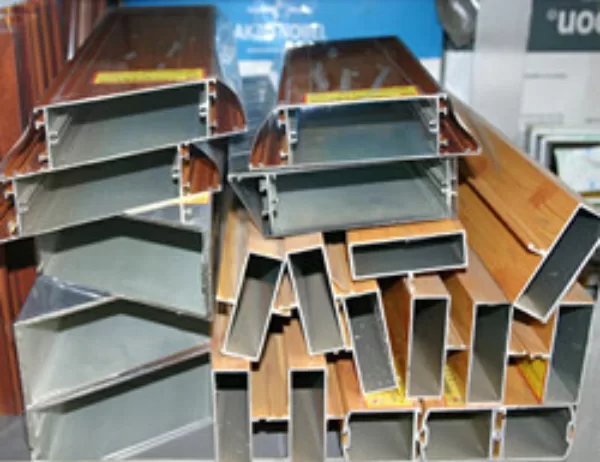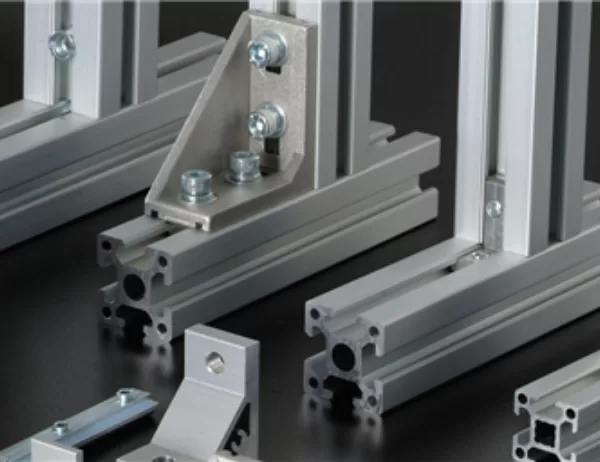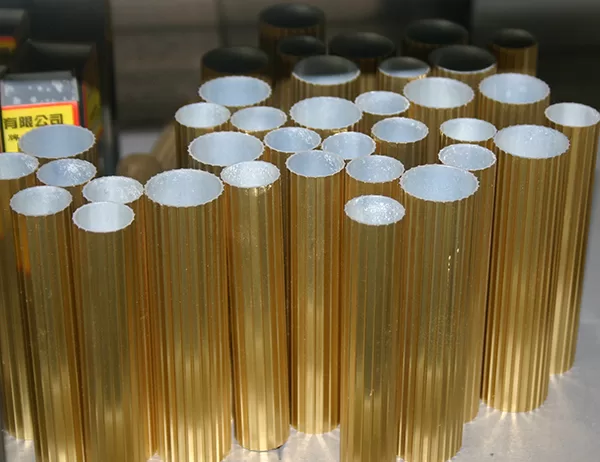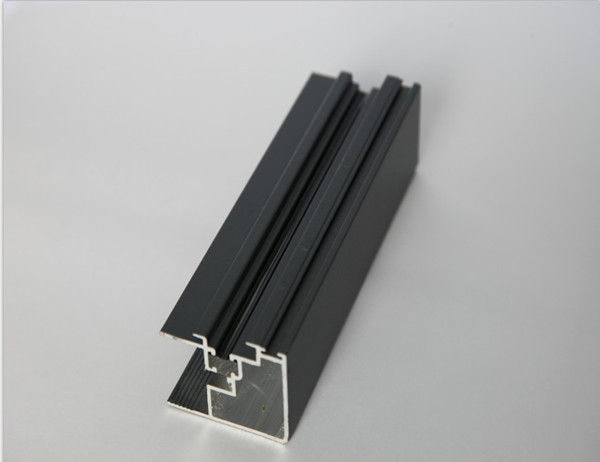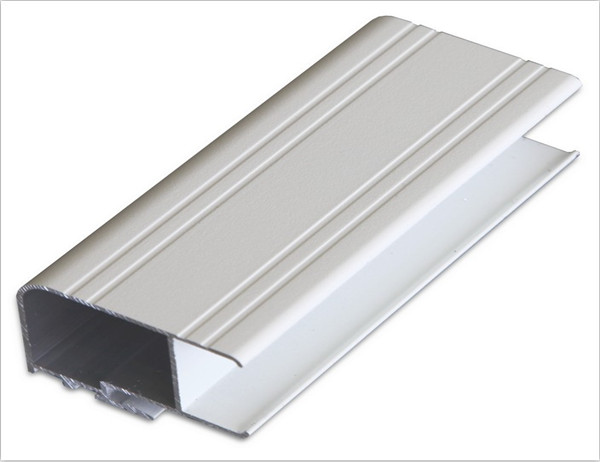Step-by-Step Guide to Selecting Industrial Aluminum Profiles
Industrial aluminum profiles are indispensable components in various industries, providing structural support, aesthetic appeal, and functional benefits. Choosing the right aluminum profiles is crucial to ensure optimal performance and longevity. A step-by-step guide will help you navigate this process seamlessly.
Purpose: Identify the intended use of the aluminum profile. This will dictate its strength, dimensions, and surface finish.
Dimensions: Measure the length, width, and thickness required for the application. Consider any tolerances or allowances.
Design: Sketch a basic design to visualize the profile’s shape and features. This will aid in selecting the appropriate profile series and alloy grade.
Grade: Aluminum alloys vary in strength, corrosion resistance, and machinability. Choose an alloy that meets the specific demands of the project.
Temper: The temper, or hardness, influences the profile’s strength and formability. Select a temper that balances these properties.
Finish: Consider the desired surface finish, such as anodized, coated, or polished, based on aesthetics and performance requirements.
Size and Shape: Profile series offer a range of standard sizes and shapes. Select the series that best fits the project’s dimensions and design.
Grooves and Slots: Determine if grooves or slots are needed for крепления or other purposes. Choose a series that accommodates these features.
Accessories: Assess the need for compatible accessories, such as end caps or mounting brackets, and ensure the selected series supports them.
Dimensional Tolerances: Specify the acceptable variations in length, width, and thickness to ensure proper fit and performance.
Surface Finish Tolerances: Define the allowable defects and imperfections in the surface finish, based on aesthetic and functional considerations.
Extrusion Process: Understand the capabilities of the selected extrusion company to ensure they can produce the desired profile.
Machining and Fabrication: Determine if additional machining or fabrication is needed and assess the facility’s ability to meet those requirements.
Quality Control: Verify the company’s quality control practices to ensure the profiles meet the specified standards.
By following these steps, you can confidently select industrial aluminum profiles that align perfectly with your project’s specifications and deliver optimal performance. The guide provides a structured approach to ensure a well-informed decision that will result in a successful project outcome.
